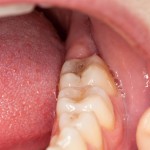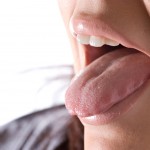
Periodontal disease is common and here in the UK 10-15% of adults have chronic periodontal disease. It is a multifactorial disease and subgingival bacteria play an important role in the pathogenesis of the disease. The aim of this study was to see if chronic periodontitis is associated with a characteristic bacterial saliva profile, and if [read the full story…]



